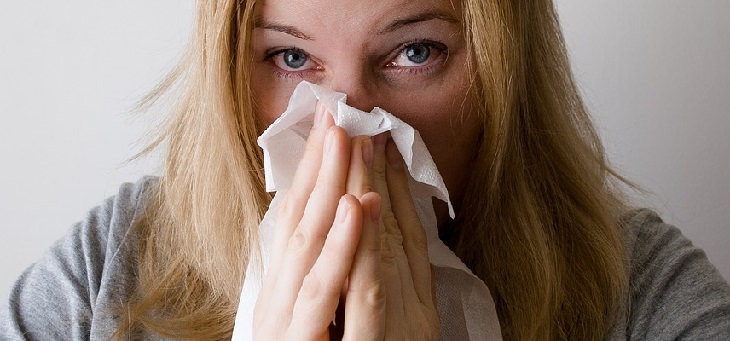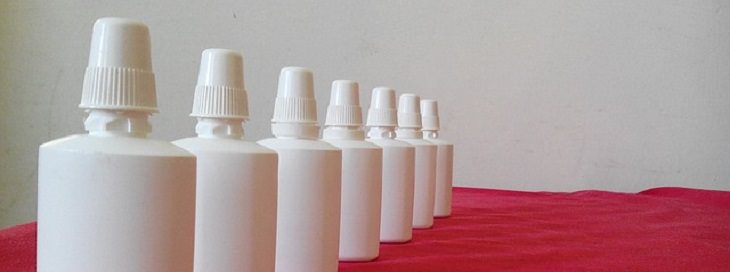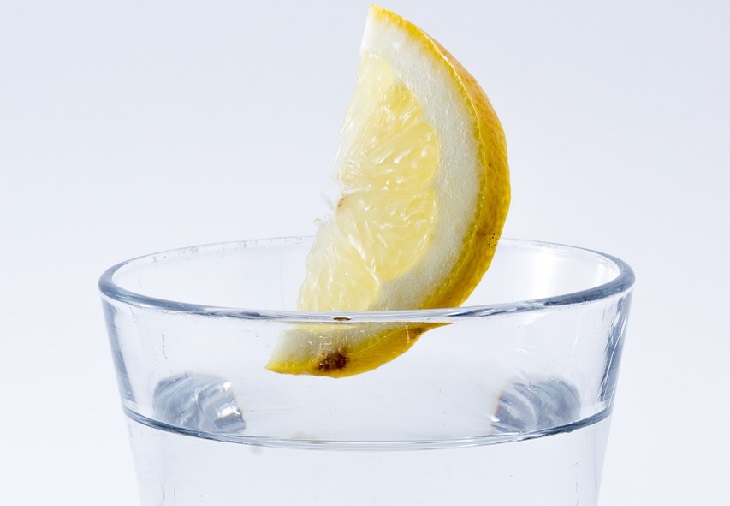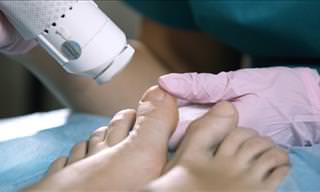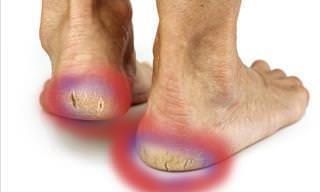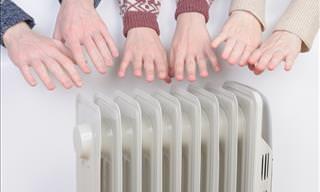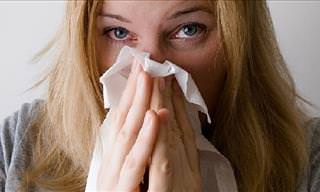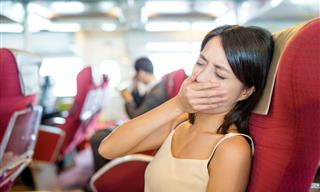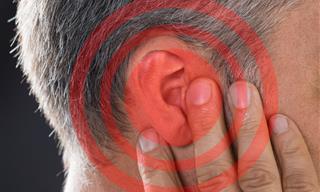For those suffering from sinusitis or earaches, flying can be a total nightmare. Although flying is discouraged when these symptoms are present, there are some things you can do before or during a flight to prevent them from worsening or becoming uncomfortably painful. That's why you should become more informed before putting yourself through the ordeal.
Before we get to the advice, let's understand why flying makes our sinusitis worse in the first place:
Sinusitis arises when the air spaces (sinuses), which are normally filled with air, become blocked and get filled with fluid. This, in turn, causes symptoms such as facial pain or pressure, nasal stuffiness, nasal discharge, loss of smell, and congestion or coughs. Fever, fatigue, and dental pain could also be experienced at times. When flying, the air pressure inside the head increases, and if the sinuses are congested, this means there is an unbalanced amount of pressure, which can lead to pain. So, to reduce discomfort, you need to tackle the congestion problem to enable the body to deal with the pressure properly.
Here are a few important medical tips to consider before your next flight:
1. Use a saline solution
One of the essentials you need to carry with you on the day of your flight is a saline solution. Fill a small bottle with it and take it with you to your seat. Use it approximately every hour, to minimize the effects of the drying air conditioning within the plane's cabin.
2. Buy a decongestant spray
Decongest your nasal passages by buying some decongestant spray (Oxymetazoline or Phenylephrine) from a drug store and keeping it handy before your flight. Use it one or two hours prior to your flight taking off to ensure proper sinus ventilation throughout. Alternatively, you may use an oral decongestant (Pseudoephedrine or Phenylephrine). It's important to be careful when using these, as they can sometimes cause more dry air to enter the nose. If a nose bleed occurs, a decongestant spray may help to slow it down.
3. Hydrate yourself well
It is recommended that your body is well-hydrated throughout the flight to overcome the effects of dry and poor ventilation at a high altitude. Drinking five to eight glasses of water before and during very long flights will ensure healthy moisture levels in your body, especially in the nasal system.
4. Steam the sinuses
With the lack of humidity on the aircraft, it is easy for your mucus flow to decrease and cause bacteria and viruses to build up as a result. This could worsen or increase the risk of sinus infections. Breathing in the steam from herbal tea can also assist with moisturizing nasal passages before a flight. So while you're waiting at your gate, enjoy a warm cup of herbal tea and feel your sinuses clear out in no time.
5. Avoid caffeine and alcohol
It goes without saying - if there's a lack of humidity in the place, dehydrating your body by drinking alcohol or caffeine is a big no-no. Although drinking coffee is hugely popular at airports and on planes, it does no good to your body, since it contributes to a loss of moisture and hydration - something that should be avoided in the case of sinusitis. Drinking lots of water instead of coffee is always a better idea.
6. Pop your ears
I bet you might have heard of the chewing gum advice and in actual fact, it works. Chewing gum or sucking on a hard candy can really help you to relieve pressure during a flight, because they cause the ears to pop. You can also do this by faking a big yawn every now and then. If this still doesn't work, you may want to consider the advice in step 8.
7. Wear warm clothes

When you're aboard a plane, make sure you are warm enough throughout the flight. Seeing as the temperature tends to be quite cool on an aircraft, your immune system could weaken, making you more susceptible to viruses and infections. It's also a good idea to be warmer during your journey to avoid extra discomfort and fatigue.
8. Perform the "Modified Valsalva" maneuver
The "Modified Valsalva" is an exercise you can perform to help the body deal with the cabin pressure on the plane, especially during takeoff and landing. To do it, close your mouth, gently pinch your nose shut using the thumb and forefinger, swallow, and blow into the nose without releasing the thumb and forefinger. This is a way of clearing your sinuses and eardrums and regulating the pressure in your head.
Important: It is advised not to blow strongly when performing the maneuver, and to complete it several times per minute during liftoff and landing, during which the changes in pressure are most felt. It could also be helpful to perform it a few times an hour when the plane is in the air.
If you are particularly sensitive to flight pressure, you may opt for the use of EarPlanes, which are practical products you can wear in your ears to reduce ear discomfort during the plane's ascent and descent. They are typically inexpensive and can be bought from drugstores and kiosks found in the airport.
PLEASE NOTE: It can be dangerous to fly with a congested nose caused by a cold or allergy, as this can lead to a permanent loss of hearing, prolonged dizziness, or severe pain. The above advice may reduce the discomfort associated with the problem, but if your symptoms are worrying, it is important to consult a doctor before flying.
Have a pleasant flight!
 Go to BabaMail
Go to BabaMail


